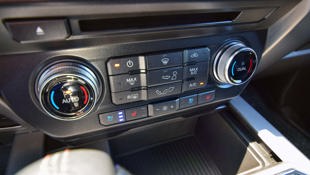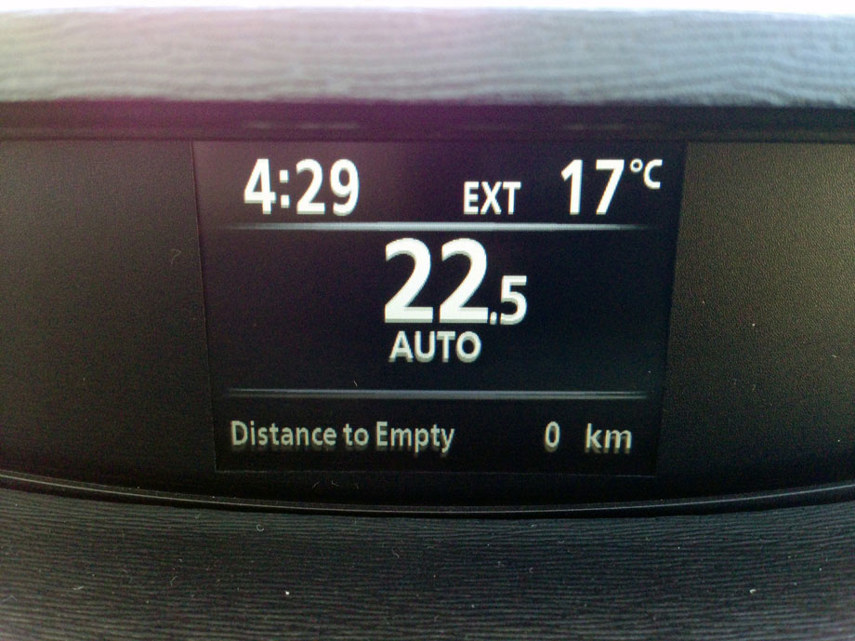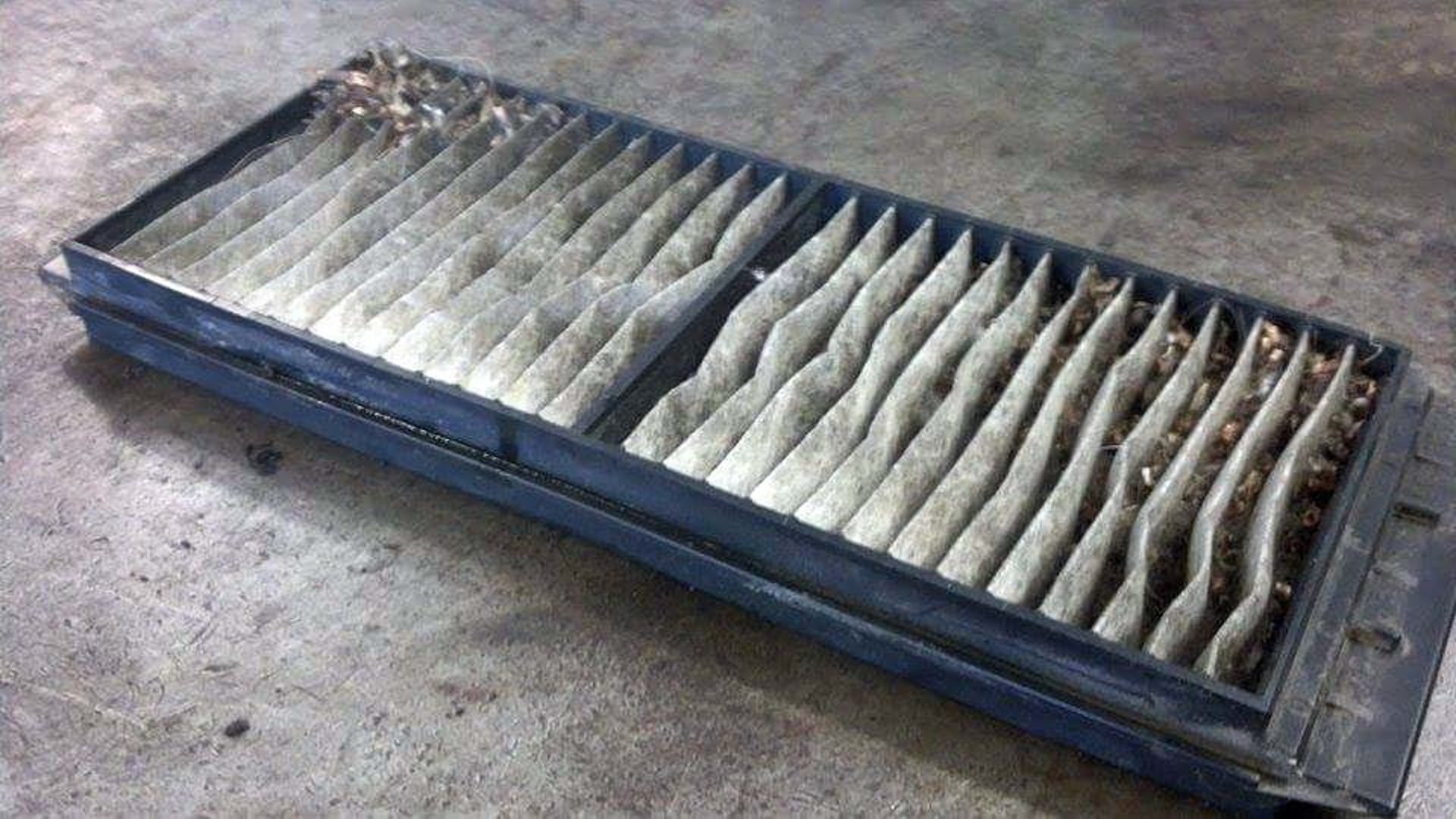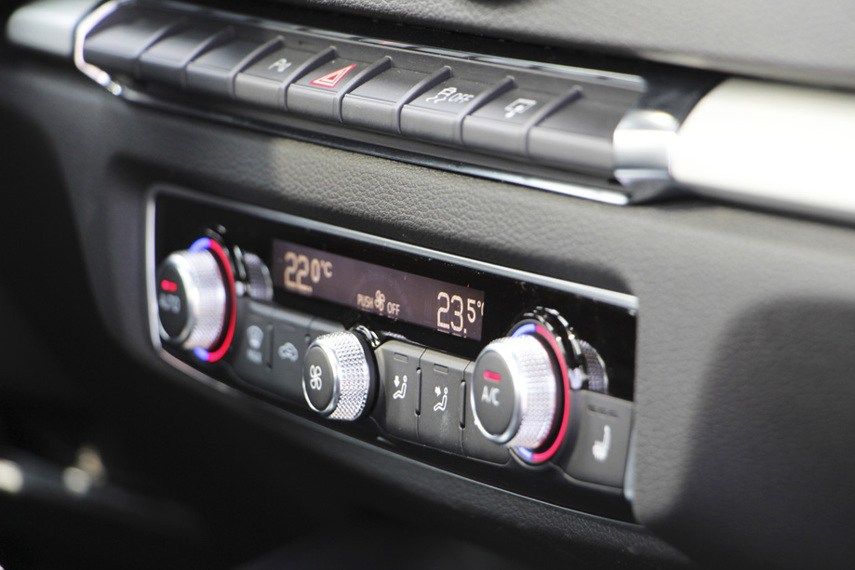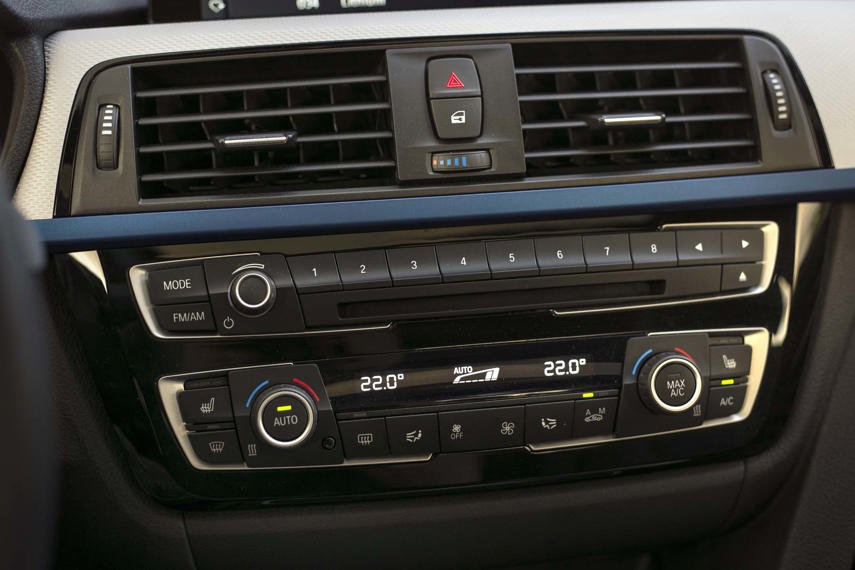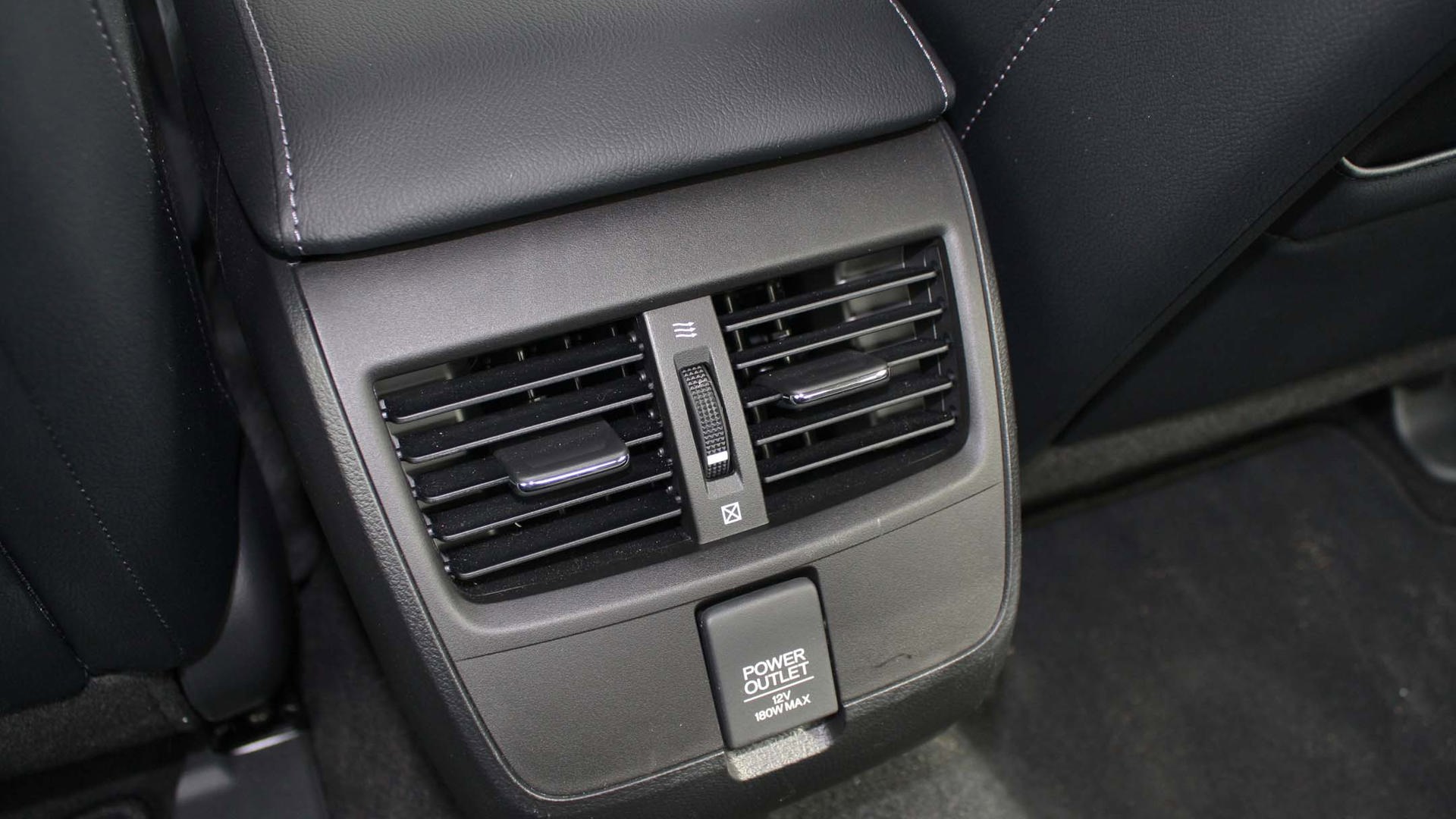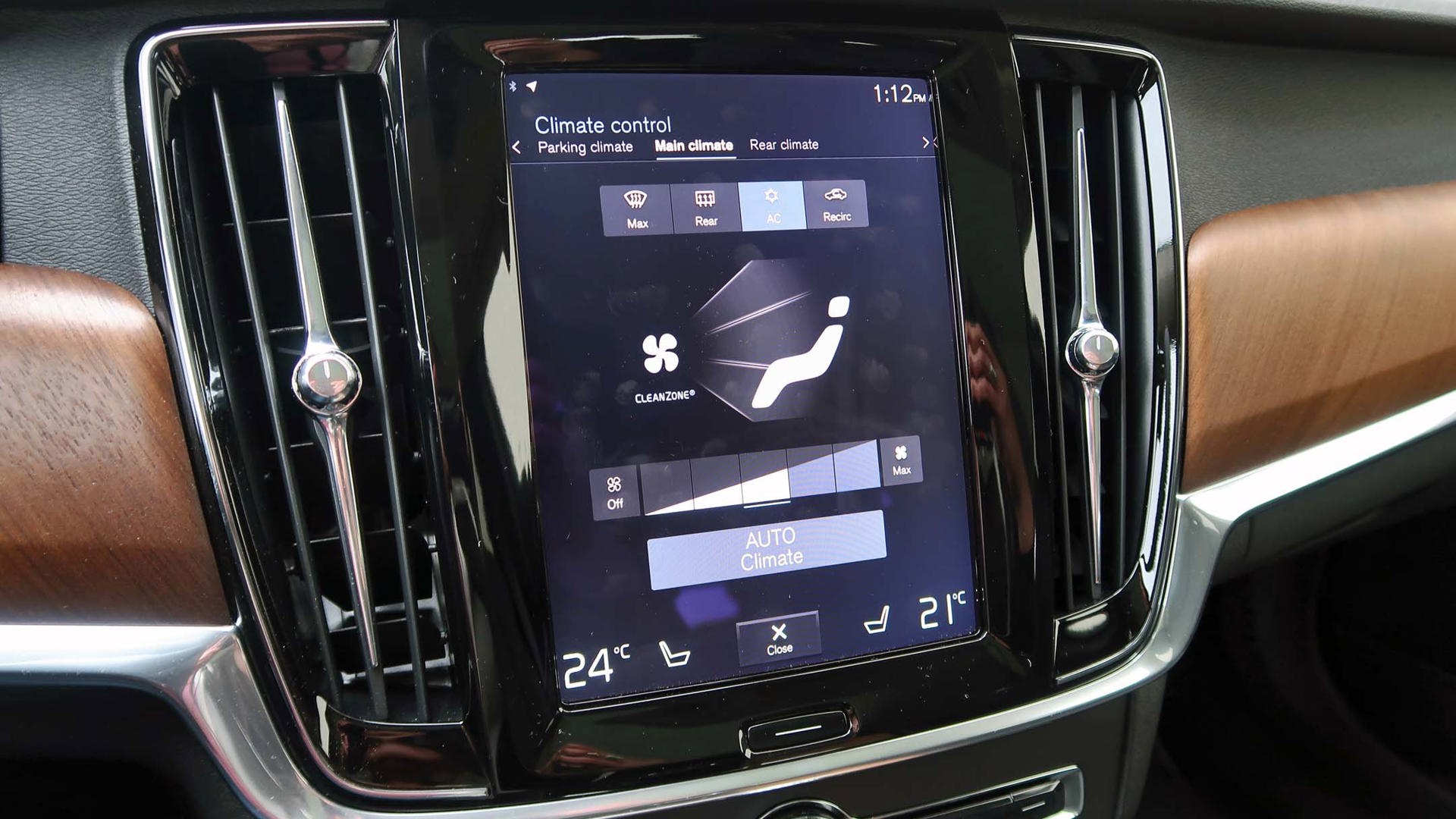Welcome to Goof of the Month: our monthly dip into the world of automotive cluelessness, fearing for the worst, and stories about the need for drivers and shoppers to understand their vehicle, how to maintain it, and how it works.
This month: A customer who got a little hot under the collar with the temperamental heater in his car, wasted plenty of time and money trying to fix it, and all the while had no idea what the problem actually was.
Service advisor Lori Boerio explains: “This is an out-of-town customer who bought a new car from us a few years back. He lives in a more remote part of Northern Ontario, well over an hour away, and doesn’t get his car into the dealer very often for servicing.”
A few weeks back, the customer noticed that his heater wasn’t working properly. At times, the heat would fail to work, work sporadically, or, on occasion, become stuck at a certain temperature regardless of control inputs.
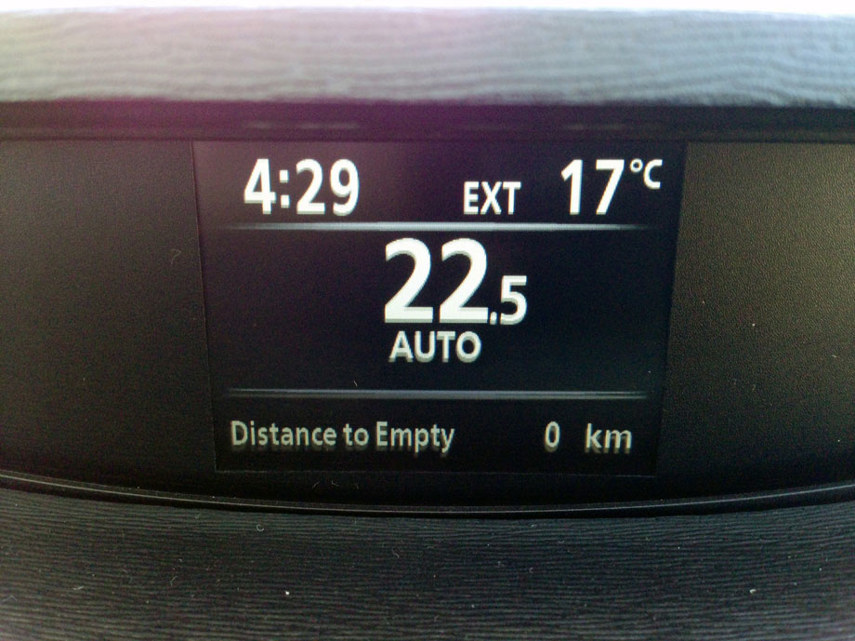
“It’s an automatic climate control system, which should automatically maintain the set temperature, but this wasn’t happening for him,” says Boerio.
After being frustrated by the inconsistent heat from his vehicle, the customer decided he would fix the problem – though he didn’t know what the problem was. He started by doing the expected, and unplugged and disconnected the vehicle’s battery, several times, trying to “reset” the climate control system.
“This isn’t a good idea, usually,” Boerio comments. “You risk causing problems elsewhere, and usually, this doesn’t fix anything. Car electronics are not like your home Wi-Fi, and resetting the power doesn’t usually fix anything.”
After trying this three or four times with no success, the customer became more angry.
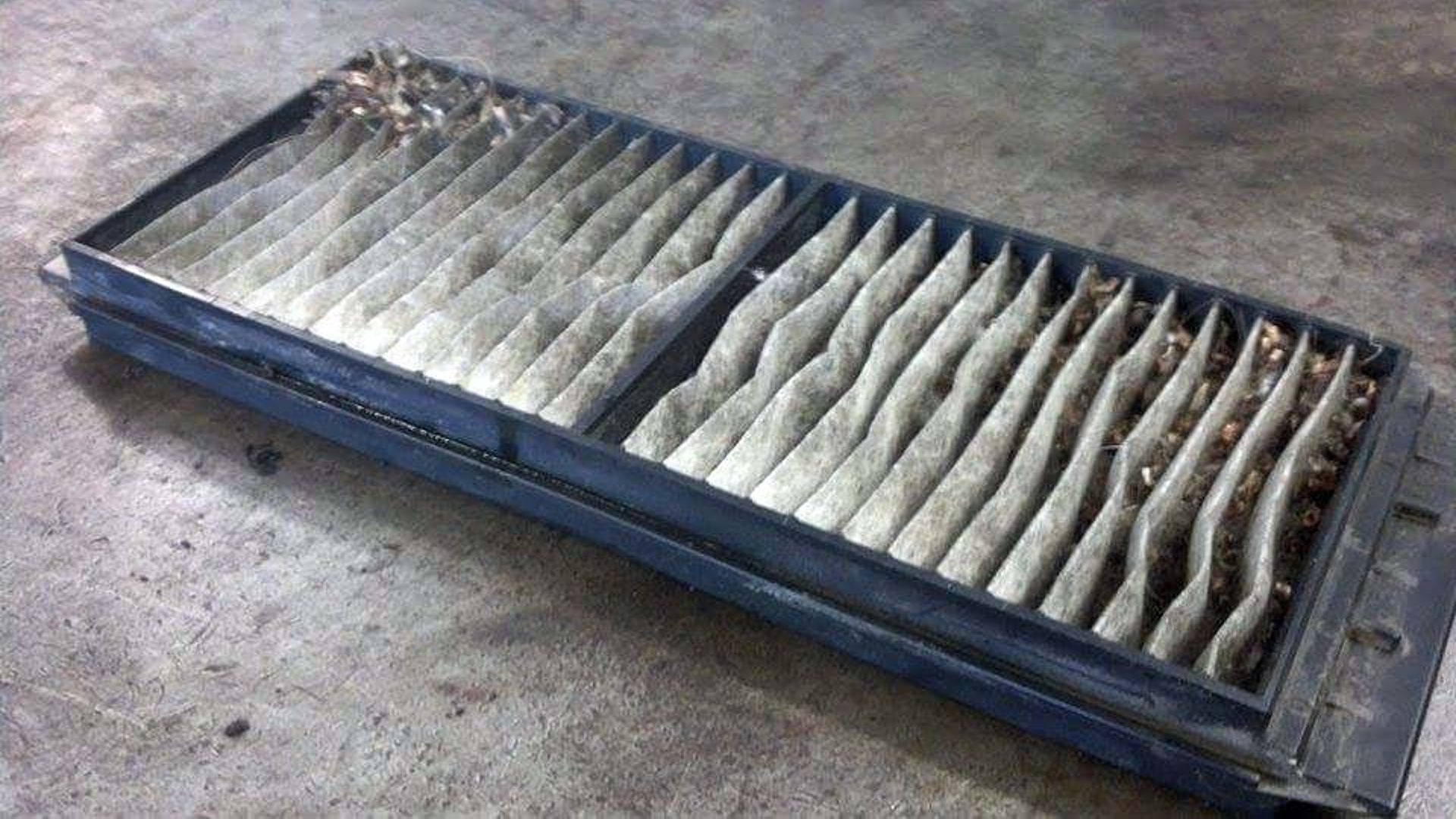
Next, on the right path, he replaced his cabin air filter. Sometimes, these get clogged and restrict the performance of the heater system.
“We often see clogged cabin air filters causing problems with heaters,” Boerio said. “If that was the problem, it’s an easy and cheap fix. But that wasn’t the problem, either.”
The customer also checked the coolant level (it was just fine). Now furious, he attempted to remove the climate control console from the vehicle, to see if some wiring had become loose.
“He actually tried to pull the control unit out of the vehicle, but stopped when he realized he was causing some damage to the trim,” Boerio said. “I think he was trying to pry it out with a screwdriver, judging by the damage. That’s not how they come, out, though. You never want to try and remove something like this from your vehicle, unless you know exactly what you’re doing – and that wasn’t the case here.”
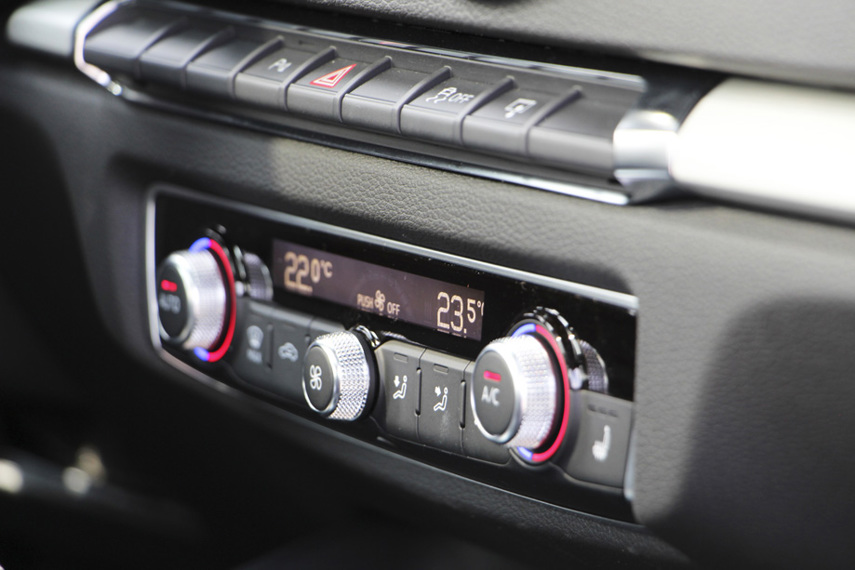
Eventually, angry, defeated, and out of options, the customer made the drive to the dealership.
“He popped in to have us take a look,” Boerio explains. “By this point, he was pretty angry, and I think he had hoped to fix the problem himself, but was disappointed that he couldn’t. We took his car and looked at the climate control problem.”
Turns out, the fix was a ten-minute job, required no parts, and was performed for the one-time cost of free-ninety-nine.
“The problem was software-related,” Boerio explains.
Most systems in modern vehicles are computer-controlled. Sometimes computers can act up. The fix, often, is to simply install a software update, which updates and reprograms the system or component in question.
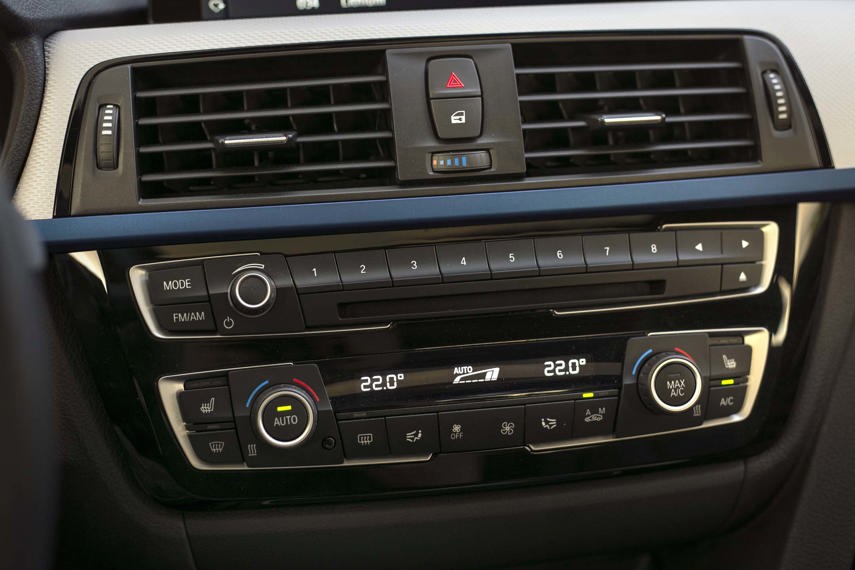
In this case, it was the climate control module.
“Sometimes, software gets corrupted, or we discover after the fact that certain specific conditions can cause a problem with the system, and how the programming reacts to those conditions,” Boerio says.
The customer’s climate control system software had, simply, caught a bug.
“It’s like patching software on your PC,” Boerio explains. “When we bring the vehicle in, we run the VIN number, and our system tells us if any software update is available for installation. We get software updates for engine control systems, transmissions, airbags, and more. It’s all software, and sometimes, software acts up. But the remedy is simple: we just wipe out the old software, install the new software with our device, and that’s all there is to it.”
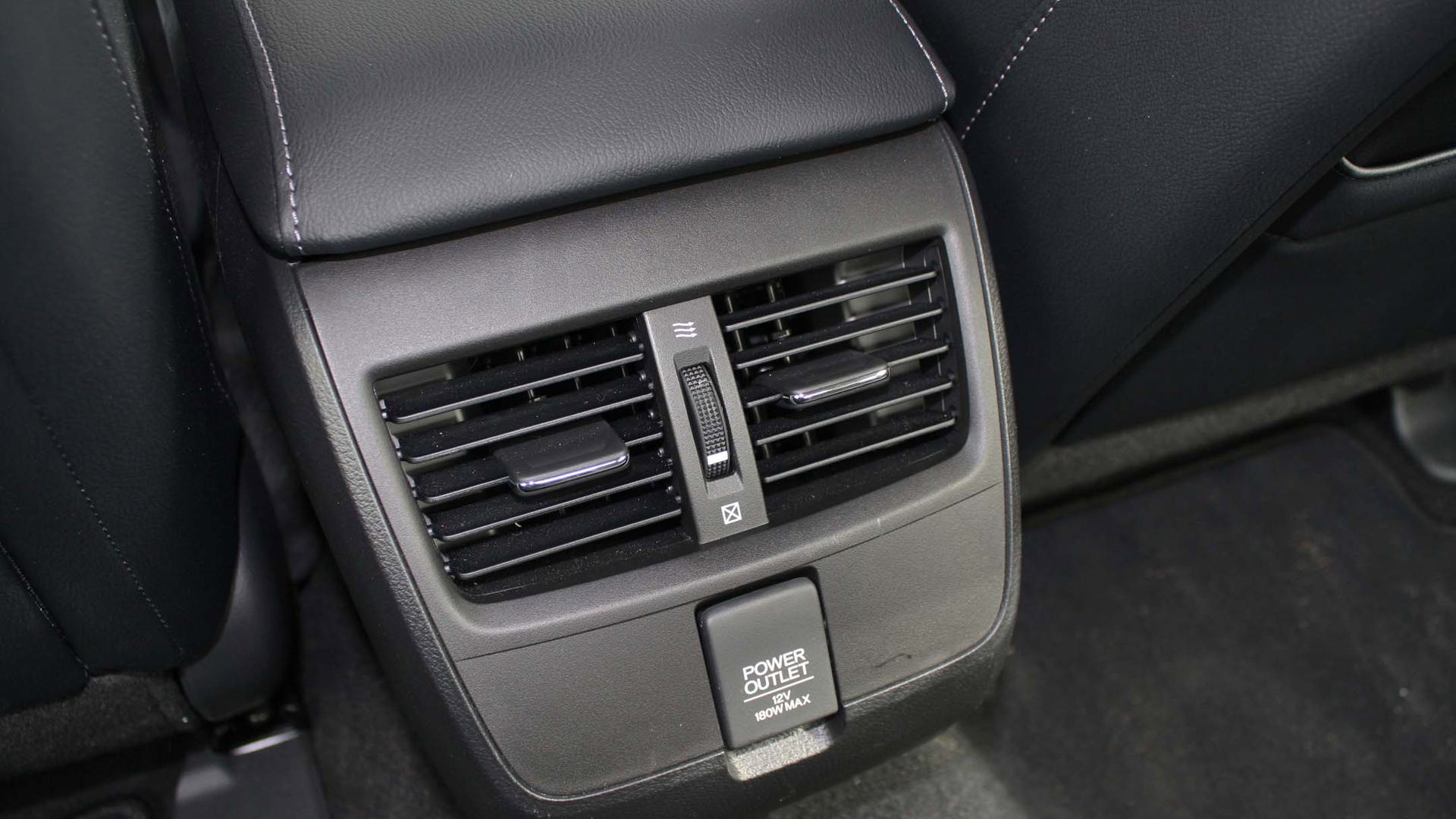
Boerio’s computer interface indicated that two software updates were available for the customer’s vehicle. One was a transmission software update designed to improve fuel economy and shift smoothness, and the other one was to address an issue with inconsistent climate control performance.
“The transmission hadn’t caused any problems, and the update we installed was a general improvement,” she says. “But there was a software update for the climate control system that intended to fix the specific problem this customer was having. Had it not, we’d have replaced the unit.”
Typically, software updates like these are installed when a customer arrives for servicing, free of charge. This customer just hadn’t been to the dealership in some time, so the update was never performed.
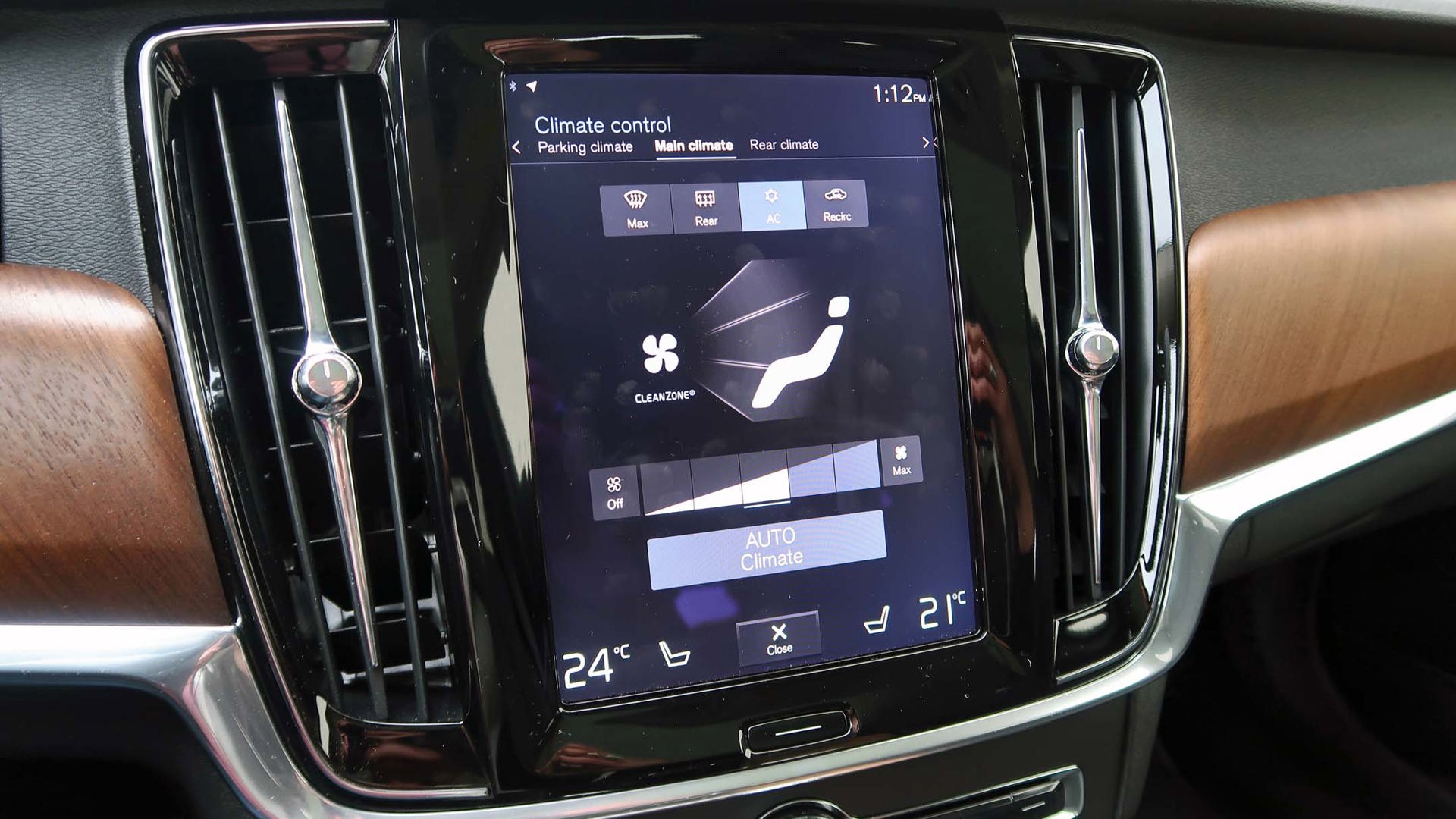
“We hook up our shop tablet to the vehicle via nano-cable, install the software, and the system is reset and optimized,” Boerio explains. “It all took about 10 minutes, and there was no bill.”
Lesson learned? A regular dealer visit is a good idea, as is being sure you know the precise cause of a problem before you start trying to fix it on your own.
“We get a lot of customers who say that there are too many computers in modern cars, or that they’re too complicated. This was one of them. But we showed him how quick and easy the fix was, and I think he was impressed. We called him a week after to check in, and he says he’s had strong heat ever since.”
